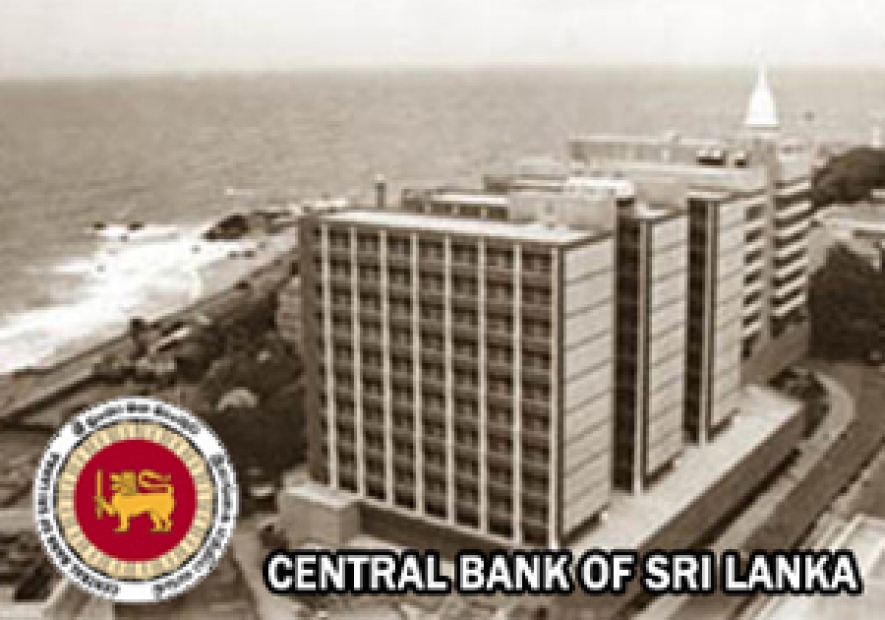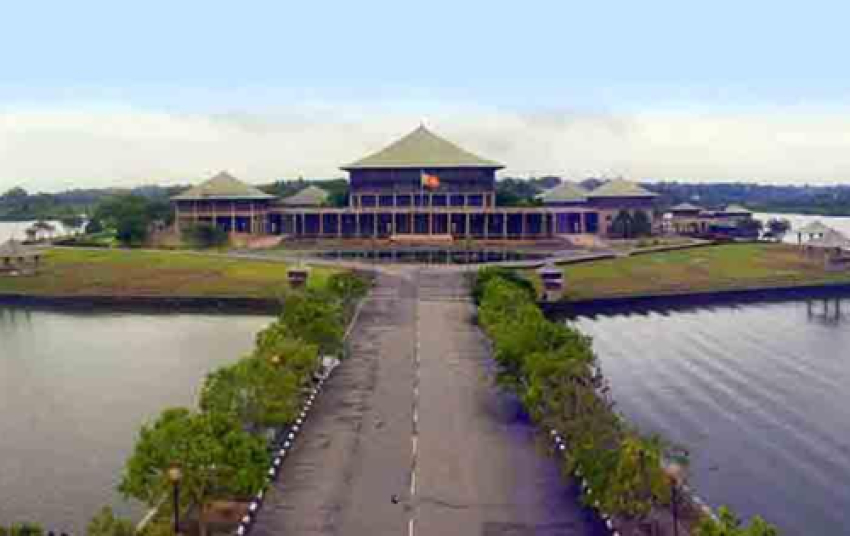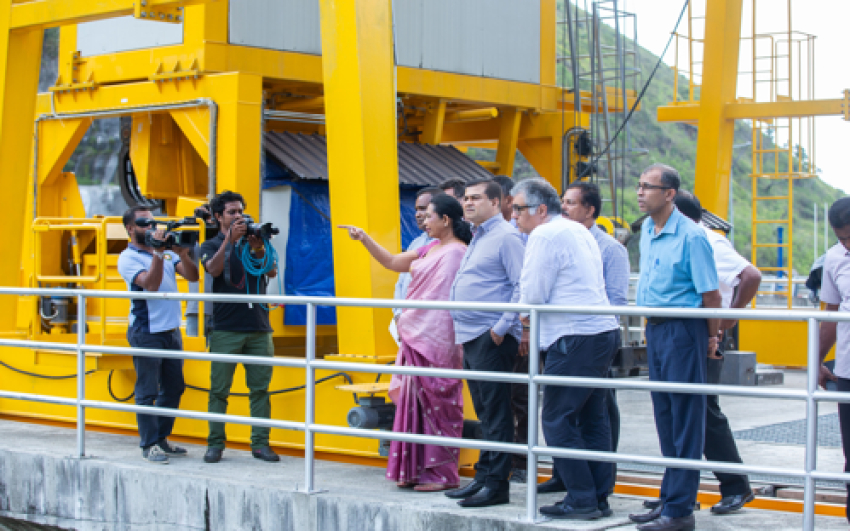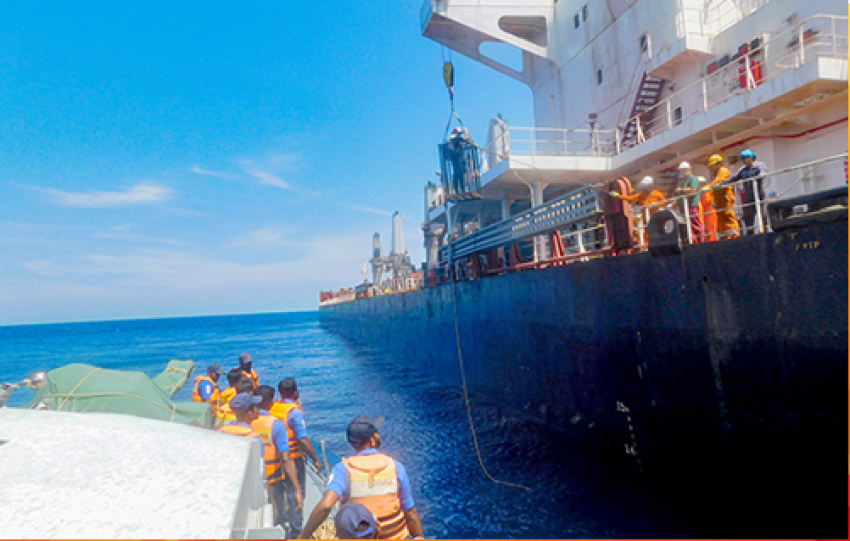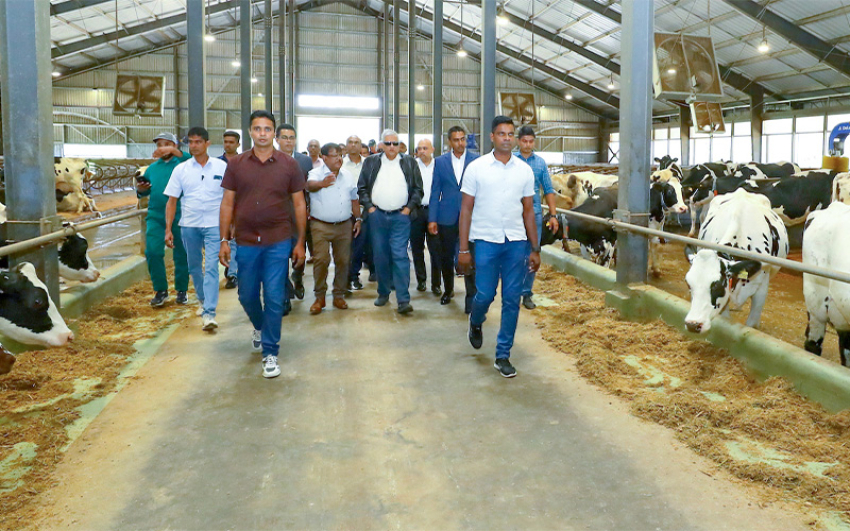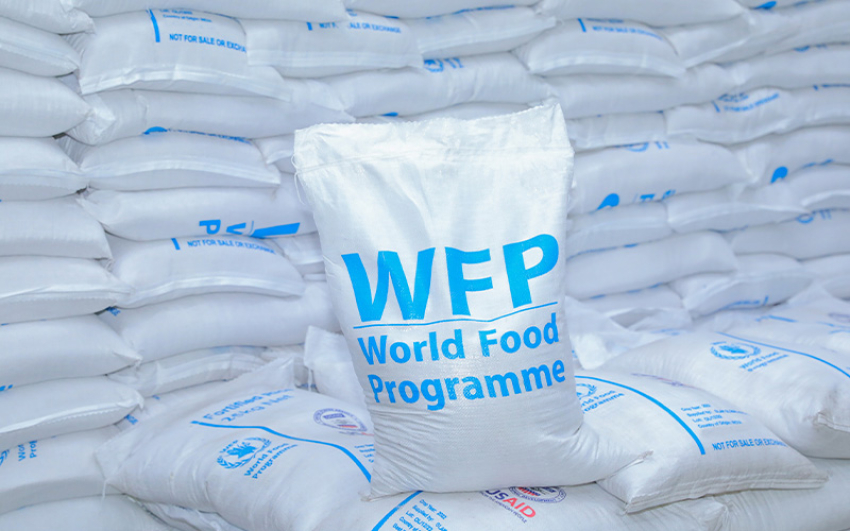The Central Bank in his Export Performance Report said that a relatively higher increase in import expenditure resulted in a higher trade deficit in July 2014 compared to July 2013. However, inflows from workers’ remittances and tourism continued to strengthen the current account further. An increase of inflows to the financial account together with other inflows resulted in an estimated surplus of the balance of payments (BOP) for the year to July 2014 compared to the deficit recorded in the corresponding period of 2013. The improved BOP position strengthened the international reserves and stabilized the exchange rate further.
Expenditure on imports increased by 28.8 per cent to US dollars 1,845 million in July 2014 reflecting an increase in all major import categories, but were particularly in fuel. On a cumulative basis, expenditure on imports increased by 2.9 per cent during the first seven months of 2014.
Import expenditure on fuel increased by 93.3 per cent, year-on-year, to US dollars 516 million in July 2014 mainly due to the base effect of non-importation of crude oil in July 2013 and 6.5 per cent increase in imports of refined petroleum products.
Meanwhile, import expenditure on base metals increased by 137.9 per cent, year-on-year to US dollars 56 million mainly due to an increase in iron, steel and copper imports. Import expenditure on consumer goods increased due to an increase in both food and non-food consumer good categories. A substantial increase in imports of sugar and confectionery, cereals and milling industry and dairy products led the increase in import expenditure on food and beverages, while non-food consumer goods imports increased mainly due to the significant increase in clothing and accessories and vehicle imports. Expenditure on imports of investment goods grew in July 2014 supported by imports of machinery and equipment and building materials.(KH)

